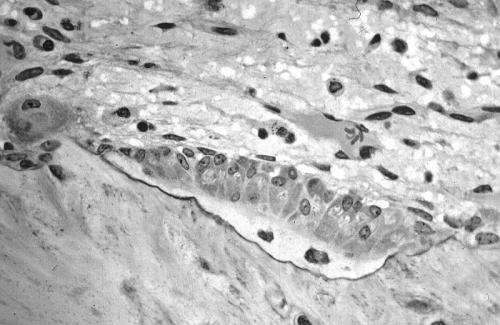
In recent years, significant progress has been made towards the use of high-resolution peripheral computed tomography (HR-pQCT) imaging in research, and new potential for applications in the clinic have emerged, particularly with the advent of second generation devices.
A newly published state-of-the-art publication on the use and future directions of HR-PQCT provides a concise overview of current clinical applications as well as valuable guidance on the interpretation of results.
Specifically, it gives an overview of:
- differences and reference data for HR-pQCT variables by age, sex, body composition and race/ethnicity;
- fracture risk prediction using HR-pQCT, specifically in regard to bone microarchitecture in individuals with prior fractures, and bone microstructure and strength as predictors of incident fractures
- use of HR-pQCT in monitoring response of anti-osteoporosis therapy;
- HR-pQCT use in the prediction or assessment of metabolic bone disorders and diseases leading to secondary osteoporosis, such as type 2 diabetes, chronic kidney disease, glucocorticoid-induced osteoporosis, rheumatoid arthritis and systemic lupus erythematosus, osteogenesis imperfecta, primary hypoparathryroidism, among other conditions.
- novel applications of HR-pQCT imaging, including in imaging of hand joints in inflammatory arthritis, assessment of distal radius fracture healing and in subchondral bone plate and cartilage thickness in the knee.
Professor Roland Chapurlat, Professor of Rheumatology at the University Claude Bernard-Lyon and Chief of the Division of Rheumatology and Bone Diseases at Edouard Herriot Hospital In Lyon France, and co-chair of the Joint International Osteoporosis Foundation (IOF)-American Society of Bone & Mineral Research (ASBMR)-European Calcified Tissue Societies (ECTS) HR-pQCT Working Group stated that “the unique advantage of HR-pQCT is the high spatial resolution in vivo, which allows for the quantification of trabecular and cortical bone microarchitecture. As demonstrated in this contribution, HR-pQCT is confirmed as a highly valuable research tool to investigate structural aspects of bone quality. HR-pQCT also holds real promise in regard to clinical trials and has high potential for certain routine clinical applications. However new studies and generally accepted, validated and accessible normative data will be needed before this powerful new technology achieves its full potential.”
Source: Read Full Article